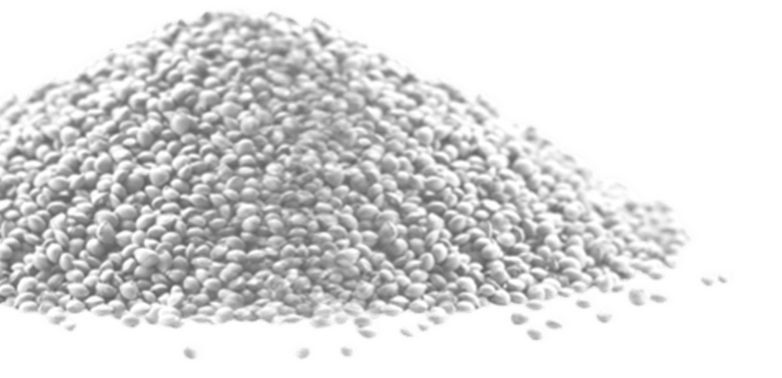Do certified soil-biodegradable plastics create persistent microplastics?
Biodegradable applications that are certified for soil-biodegradability (e.g. in line with EN 17033 or ISO 23517) are fully biodegradable, i.e. they are converted into CO2, H2O, and biomass. This is guaranteed through the mandatory laboratory biodegradation tests required by the certification (90% mineralization absolute or relative to a positive control within 2 years’ time in soil at ambient temperature, preferably 25 °C). To be biodegraded by soil microorganisms, certified soil-biodegradable applications need to first disintegrate into smaller particles. These are then further biodegraded in soil, with rates depending on the environmental conditions and agricultural practices. Fragments from certified soil-biodegradable applications should not be confused with microplastics generated by conventional products, such as polyethylene. The latterwould lead to plastic accumulation in soil in case of repeated applications and incomplete collection.
A recent study shows that transient particles produced by natural polymers and biodegradable materials are not to be equated with particles formed by polymers which are resistant to biodegradation. The study compared the behaviour of three materials: a certified soil-biodegradable mulch film, cellulose (natural polymer known to be biodegradable), and a non-biodegradable mulch film (HDPE). The results showed that microplastic from non-biodegradable materials persist in the environment and accumulate, while fragments generated from certified soil-biodegradable mulch films and cellulose are quickly biodegraded by microbes. ©europeanbioplastics
What are biodegradable plastics anyway?
We explain what bioplastics are, what makes them so special and where they are already being used.




